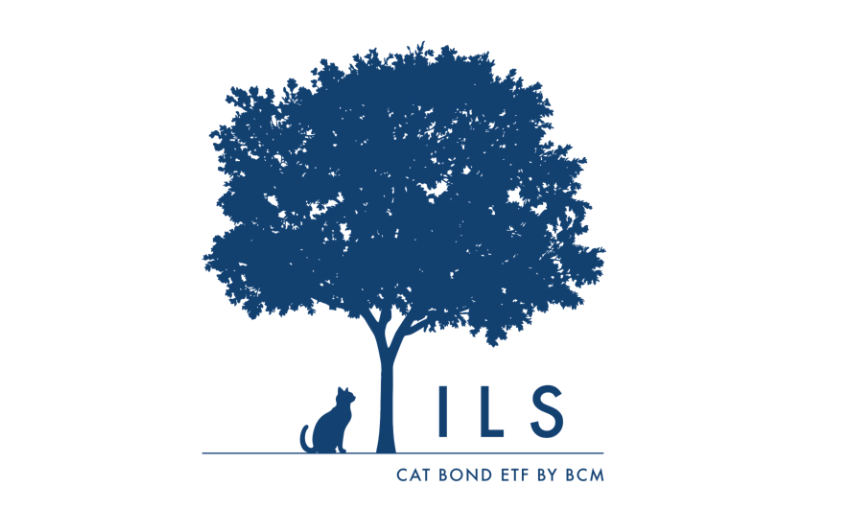As global financial markets reacted to the recent and continuing U.S. tariff threats, as well as macroeconomic and geopolitical uncertainty, catastrophe bonds once again proved their worth as a source of calm in the storm, according to Brookmont Capital Management, manager of the Brookmont Catastrophic Bond ETF (ILS).

In a recent commentary, Brookmont emphasised that while equities, corporate credit, commodities, and currencies all suffered whiplash during the continuing tariff disputes and uncertainty, cat bonds remained remarkably unaffected.
“Tariffs on Chinese goods or European steel don’t make hurricanes in Florida more likely. Earthquakes in Japan won’t happen because of a semiconductor export restriction,” the firm explained.
“The risks priced into a cat bond are purely non-financial and actuarially modeled-factors like insured losses, wind speed, earthquake magnitude, or wildfire spread. They are fundamentally uncorrelated to the trade and tariff cycle.”
“When a tariff is announced or a trade war heats up, the impact is felt in corporate earnings, supply chains, consumer prices, and economic growth,” Brookmont added.
“Those shocks ripple through the stock market, corporate debt markets, commodities, and even sovereign bonds. But cat bonds? Their primary exposure is to Mother Nature.”
This perspective was recently echoed by cat bond managers Plenum Investments and Icosa Investments AG .
In recent weeks, both organisations highlighted how the cat bond market has remained resilient amid renewed financial market stress driven by U.S. tariff policy and ongoing macroeconomic headwinds.
In a letter that was sent to investors in April, Plenum explained that cat bonds continued to act as a stabilising force, as they have during past crises such as the 2008 financial meltdown, the COVID-19 pandemic, and the interest rate volatility of 2022.
Furthermore, Brookmont went on to suggest that cat bonds represent “real real diversification”.
“When financial markets correct because of tariff disputes, most traditional “diversified” portfolios get hit across the board. Cat bonds are one of the few assets that offer true non-correlation to global macroeconomic factors,” the firm noted.
Concluding: “They don’t just reduce volatility—they diversify against risks that most investors can’t hedge.”
Brookmont underscored that catastrophe bonds stand apart in a world where most asset classes are vulnerable to economic policy shifts, geopolitical tension, and trade disruptions.
Also read:
– No cat bond “dash for cash” seen as investors navigate financial market turmoil
– Cat bonds stable & resilient amid tariff financial market volatility: Fund managers.
– Investor appetite for cat bonds grows amid market volatility: Guatteri, SRILIAC.
– Cat bonds structurally sound and increasingly attractive to investors: JANA.









